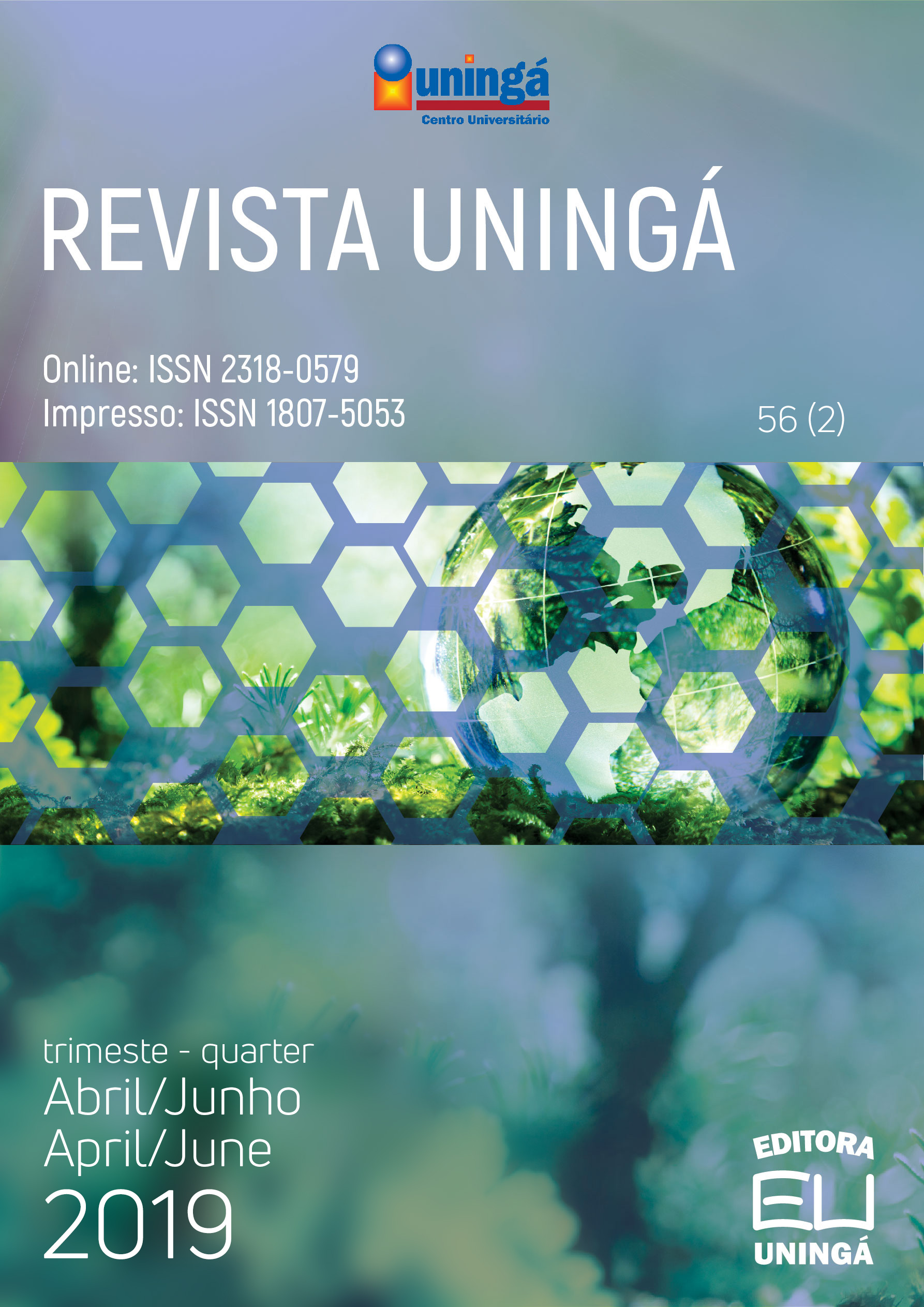RELAÇÃO DA VITAMINA D E RESISTÊNCIA À INSULINA
DOI:
https://doi.org/10.46311/2318-0579.56.eUJ2086Keywords:
Diabetes, Resistência a insulina, Hipovitaminose DAbstract
A insulina é o hormônio responsável pela regulação da glicemia sanguínea, encarregada de sinalizar a entrada da glicose na célula. Quando há a deficiência desse hormônio, seja por defeito na sua secreção, quantidade de receptores ou falha pós-estímulo, gera uma hiperglicemia, ocasionando o diabetes mellitus tipo 2. A vitamina D funciona como um hormônio, e está envolvida em diversas funções do corpo humano, dentre elas o metabolismo da glicose e insulina. Para uma melhor compreensão foi realizada uma pesquisa através de um levantamento bibliográfico nas bases de dados PubMed, SciELO e Lilacs, com objetivo de elucidar a relação entre a vitamina D e a resistência à insulina. Devido a presença de receptores de vitamina D em diversos tecidos do corpo, tem sido bastante discutido os efeitos e a relação dessa vitamina em mecanismos que induzem ao DM2. Estudos demonstram que a hipovitaminose D, geralmente, está presente em portadores de diabetes, e que essa deficiência altera mecanismos que predispõe a ação ineficiente da insulina. Em contrapartida, relatam que a suplementação de vitamina D melhora tanto a glicemia em jejum, quanto a sensibilidade à insulina nos tecidos.
Downloads
Downloads
Published
How to Cite
Issue
Section
License
I declare/we declare that the text submitted here is original, of my own authorship and does not infringe any type of third party rights. The content is my/our sole responsibility. Possible research involving animals and/or human beings is in accordance with Resolution 196/96 of the National Health Council and its complements. I declare that I am/we are in possession of the written consent of patients and that the research and its procedures were timely and adequately approved by the Ethics Committee of the institution of origin. We further declare that all institutional affiliations and all sources of financial support for the work are duly informed. I certify that there is no commercial or associative interest that represents a conflict of interest related to the submitted work. If there is commercial interest, in addition to the technical and academic ones, in the publication of the article, the information will be reported during the text.



































